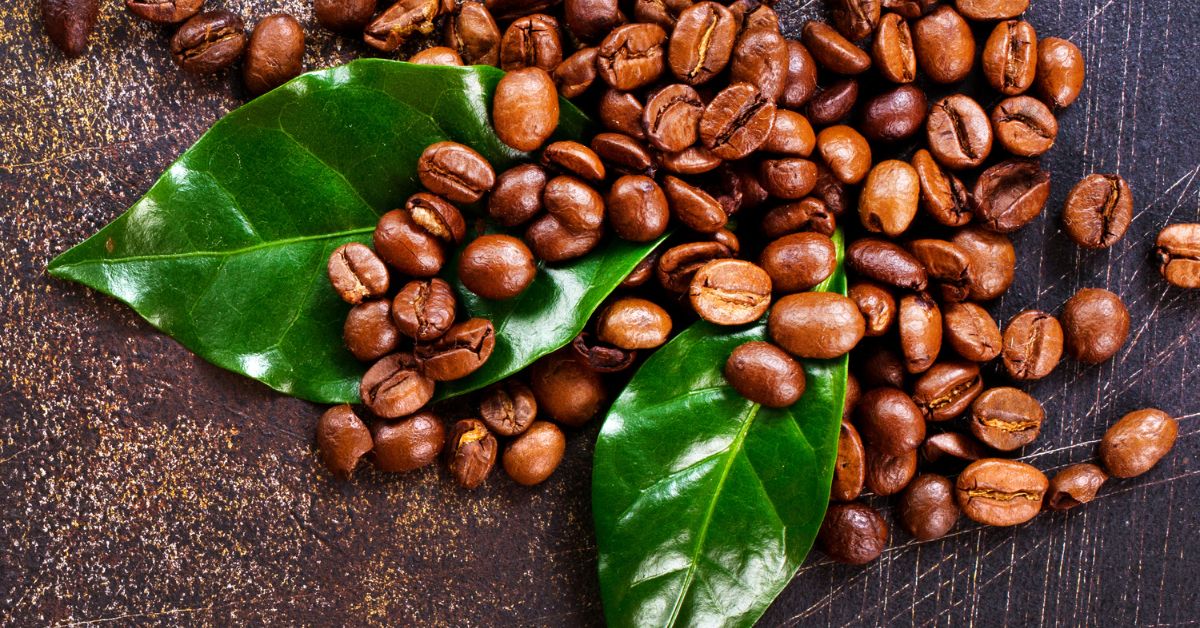For many of us, our day begins as the warm, welcoming aroma of coffee wafting in the house. This cherished beverage not only energizes our mornings but also sparks captivating debates about its chemistry. From seed to sip, coffee is a rich mosaic of tastes and molecules that stimulate our taste buds. Understanding the mechanics behind your morning cup can enhance your love for this universal drink and its myriad types.
In this coffee blog, we will delve into the intriguing chemistry of coffee, examining everything from the roasting to brewing styles. With the latest coffee news and trends, we’ll delve into how different elements influence the quality, aroma, and even health benefits of your brew. It doesn't matter if you're a seasoned barista or just a coffee enthusiast, this exploration will offer knowledge that improve your coffee knowledge and elevate your daily ritual. Accompany us as we embark on this aromatic journey through the art of coffee.

The Chemistry of Caffeine Compounds
The robust and tempting aroma of coffee is due to a intricate blend of evaporative compounds that are released during brewing. Among the most critical compounds are caffeine, health-promoting acids, fats, and saccharides. Caffeine, a natural stimulant, is recognized for its ability to enhance alertness and temperament. Chlorogenic acids, on the contrary, are radical scavenging compounds that contribute to the unique flavor profile and are considered to deliver various health benefits. Together, coffee trends blog create the essential experience of enjoying a breakfast brew.
Throughout the cooking process, the Maillard reaction plays a crucial role in developing the flavor of coffee. This organic reaction occurs when proteins and carbohydrates interact under heat, resulting in the synthesis of new taste compounds. As coffee beans are roasted, they undergo sophisticated transformations that produce numerous of different aroma and taste components. This process is what gives each type of coffee its distinct characteristics, shaping everything from sugariness to sourness. Grasping the Maillard reaction helps us understand why different roasting levels can markedly change the character of our preferred coffee.
Moreover, the brewing technique significantly impacts the harvesting of these compounds. Factors such as heat levels, extraction time, and grind size influence how flavors are pulled out from the coffee grounds. For instance, a cafétière might draw out oils and flavors differently than a filter coffee or an espresso device. Each method can emphasize various notes such as tanginess or nut-based depth, making the science of brewing an critical topic for any coffee content creation enthusiast. Exploring these interactions reveals not just the craft of brewing but also the methodology behind what makes each serving of coffee so unique.
Brewing Techniques Styles as well as Its Influence
How coffee can be brewed might significantly impact the flavor profile and aroma. Every brewing style extracts various compounds present in the coffee grounds, resulting in one-of-a-kind tasting notes and total experiences. Such as, methods such as espresso and French press stress the richness and body of the coffee, while pour-over methods showcase clarity and brightness. This diversity means that coffee enthusiasts are able to investigate varied flavors according to their chosen brewing style, which makes it a vital aspect of coffee culture.
Moreover, the temperature and time of extraction play critical roles in determining the final outcome of the brew. Higher temperatures often extract more oils and acids, leading to a bolder taste, whereas lower temperatures tend to yield a smoother cup. In addition to temperature, the grind size of the coffee is also important; finer grinds increase extraction speed, which can result in a stronger flavor if managed correctly. Understanding these variables allows coffee lovers to adjust their brewing techniques to suit their personal preferences.
Lastly, the water-to-coffee ratio is a key element that affects the strength and overall quality of the brew. A higher ratio of coffee to water typically creates a concentrated and intense flavor, while a lower ratio results in a milder cup. Different brewing methods may require specific ratios for best results; such as, a traditional Turkish coffee might call for a stronger blend compared to a cold brew. Getting accustomed with these nuances not only enhance the home brewing experience while also nurtures a deeper appreciation for the detailed science behind every single cup of coffee.
Health Benefits of Coffee Drinking
This beverage is more than just a morning ritual; it is full of several health perks that can enhance your overall wellness. Research has shown that reasonable coffee consumption is associated with a lower risk of several chronic diseases, including type 2 diabetes, cardiovascular disease, and specific forms of cancer. The natural antioxidants in coffee, such as caffeic acid, play a significant role in defending cells from damage and promoting better health outcomes.
Additionally, coffee can elevate your cognitive function and improve mood, thanks in part to its caffeine content. Studies show that caffeine can enhance alertness, concentration, and even short-term memory. In addition to its stimulating effects, coffee may aid reduce the risk of neurodegenerative diseases like Alzheimer's and Parkinson's, making it a worthwhile beverage for brain health as we age.
Finally, the healthy advantages of coffee reach past physical health; it can also improve social well-being. Enjoying a cup of coffee can be a enjoyable experience shared among friends, which helps to create connections and lessen stress. With its rich history and cultural significance, coffee remains a significant aspect of everyday life, making it more than a beverage, but an essential part of everyday life.
